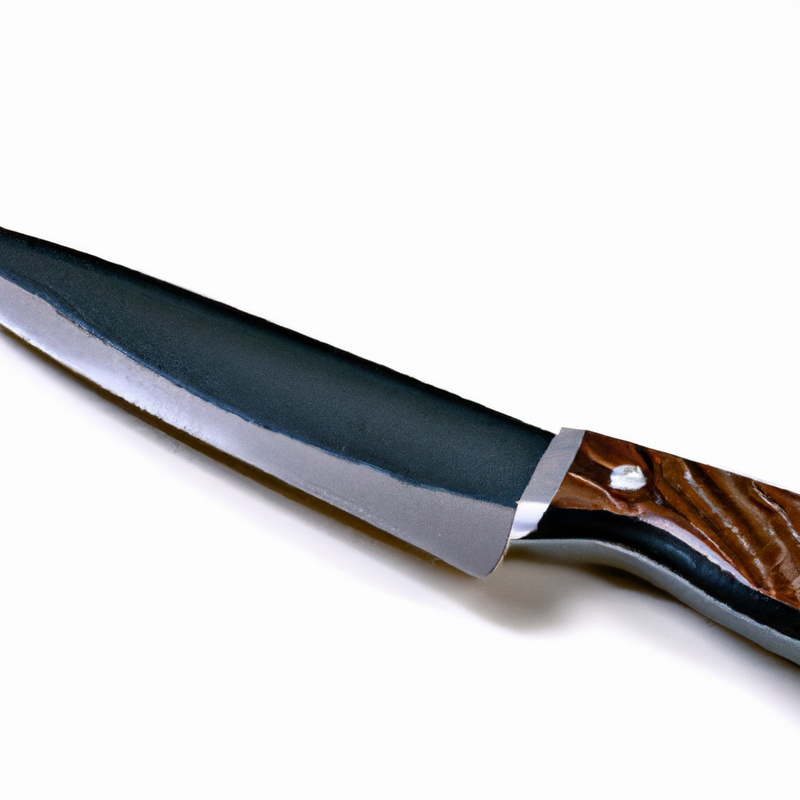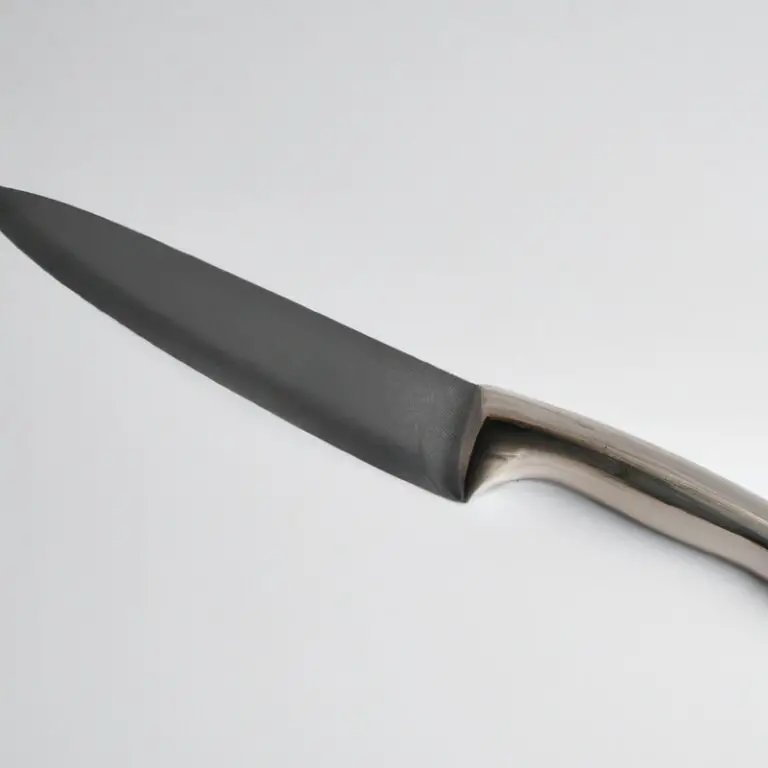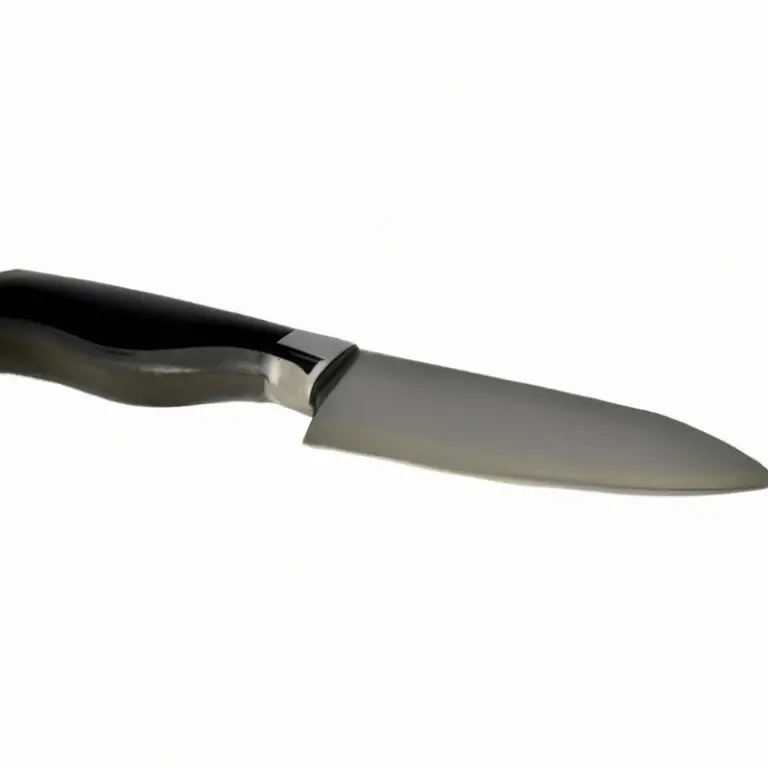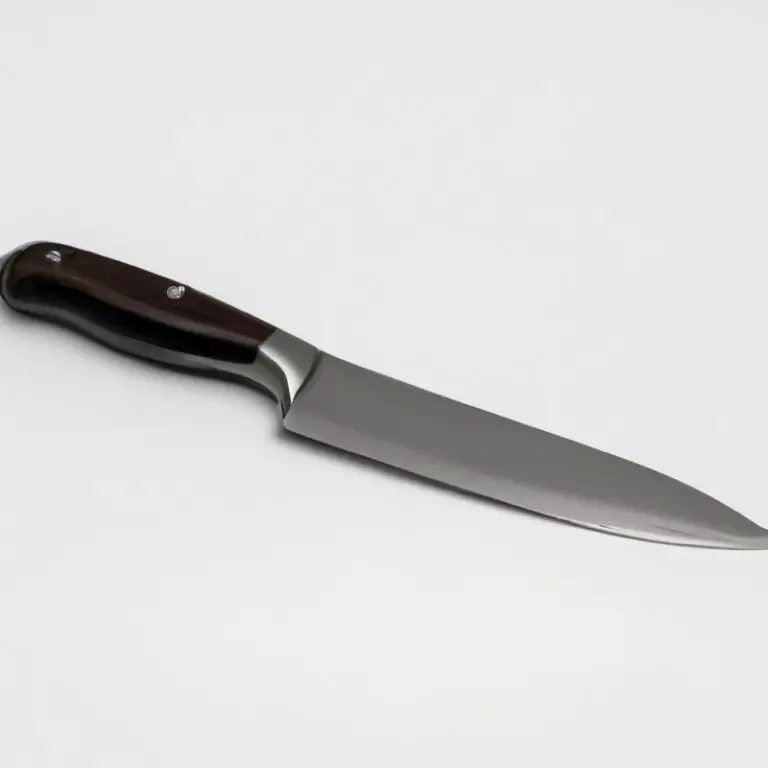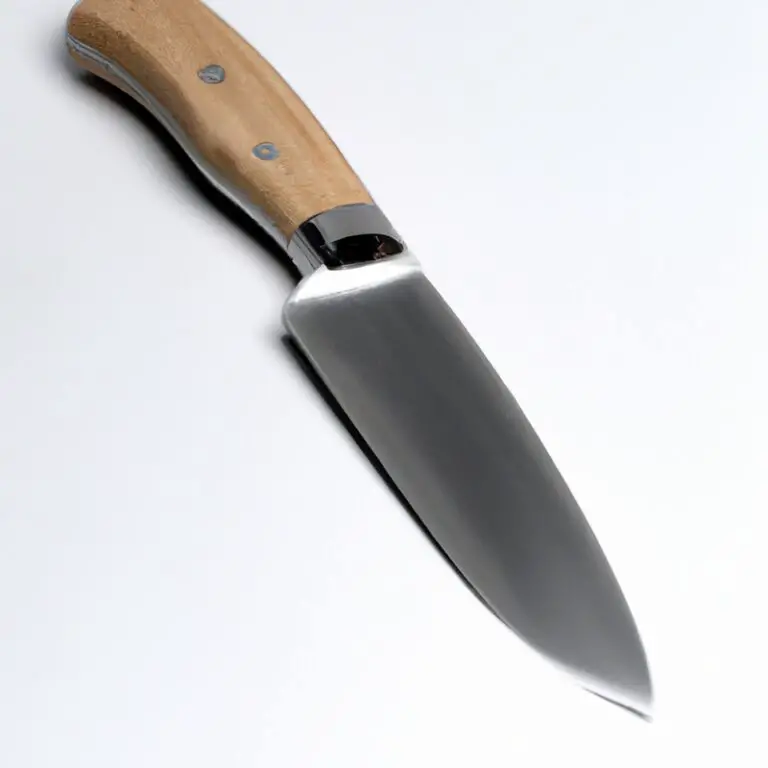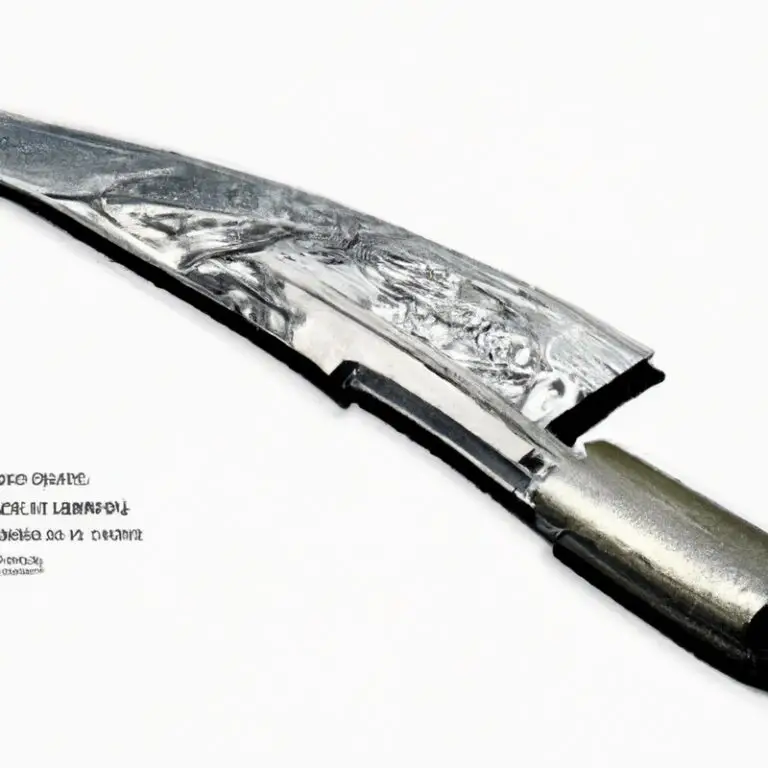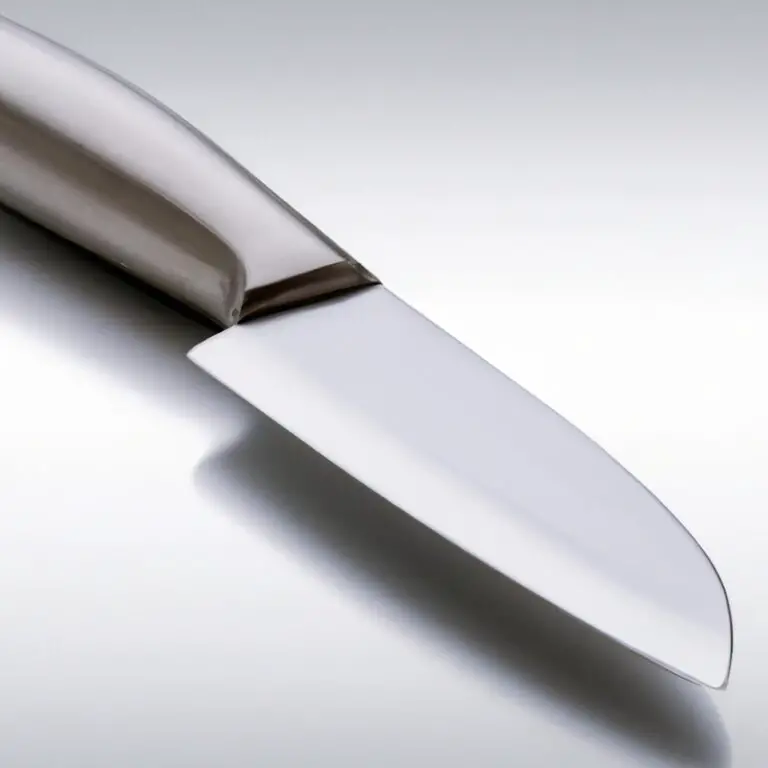How To Fillet a Catfish Using a Fillet Knife? Master The Technique!
Key Takeaways:
- Use a sharp and flexible fillet knife, with a narrow blade and a comfortable handle, for best results.
- Always start from the head and work your way down to the tail, following the natural shape of the fish.
- Be patient and take your time to remove the skin, bones, and other unwanted parts, without wasting any meat.
- Rinse the fillets with cold water, dry them with a paper towel, and store them in the fridge or freezer as needed.
If you’re a fan of catfish, you know that filleting it can be a daunting task. But don’t worry, with the right tools and techniques, you can achieve perfect fillets every time.
In this article, I’ll share my expert tips on how to fillet a catfish using a fillet knife.
We’ll cover everything from preparing your workspace to storing your fillet. So, roll up your sleeves and sharpen your knife, because we’re about to begin!
| Filleting Steps | Description |
|---|---|
| Step 1 | Prepare your workspace. Cover the surface with newspaper or a cutting board, and use a sharp fillet knife to remove the catfish head, tail, and any fins. |
| Step 2 | Make an incision starting behind the gills and ending at the tail. Cut through the flesh along the spine, being careful not to puncture the organs. |
| Step 3 | With the fish belly facing up, use the fillet knife to separate the flesh from the ribs. Slowly, work your way down towards the tail, keeping the blade flat against the bones. |
| Step 4 | Finally, use the fillet knife to remove the skin. Insert the blade between the flesh and the skin, then turn the blade towards the skin and use a back and forth motion to remove it. |
Preparing your workspace
To prepare your workspace for filleting a catfish, ensure that you have a clean and sturdy surface to work on. A cutting board or a clean table works well.
Make sure your workspace is well-lit and that you have access to a nearby sink.
Gather all the necessary equipment within reach, which includes a sharp fillet knife, a pair of pliers, a bowl to discard fish scraps, and a damp towel to clean your hands and the workspace. Keep in mind that filleting a catfish can be a messy process, so wearing an apron or old clothes is recommended.
Additionally, it’s essential to make sure your knife is sharp to avoid any accidents and to fillet the fish easily.
A clean workspace created by washing your hands, cleaning and drying your equipment, is also vital to ensure the fillet is hygienic and healthy to consume.
Selecting the right fillet knife
Selecting the right fillet knife is crucial when it comes to filleting a catfish. A good fillet knife should be sharp, flexible, and have a comfortable grip.
A sharp blade ensures that you make precise cuts, while a flexible blade allows you to follow the contours and curves of the fish.
A comfortable grip reduces the chances of slipping and accidentally cutting yourself. When choosing a fillet knife, consider the length of the blade.
A blade that is 6 to 8 inches long is ideal for most catfish.
However, longer blades are better suited for larger fish. The material of the blade and handle is also important.
High-carbon stainless steel is a popular choice for blades, as it is rust-resistant and durable.
The handle should be made of a non-slip material such as rubber or plastic to provide a secure grip. Lastly, consider your budget when selecting a fillet knife.
While a high-end fillet knife can provide superior performance, there are affordable options that can still get the job done.
Overall, a good fillet knife is an investment that can make the filleting process easier and more efficient. Choose a fillet knife that suits your needs, and be sure to maintain and sharpen it regularly to ensure optimal performance.
Handling the catfish safely
Handling the catfish safely is crucial to avoid injury and contamination when filleting. First, wear protective gloves and a good apron to avoid any cuts from the knives or getting slimed by the fish.
Second, use a sturdy cutting board that doesn’t slip and slide around to prevent any accidents.
Third, rinse the fish under cold running water to remove any impurities, scales, or loose debris. Fourth, make sure to use a sharp knife that can easily slice through the fish flesh.
Finally, always position the fish head away from you and tuck the tail under to prevent any movement before starting the filleting process.
By following these simple steps, you can handle the catfish safely and create an enjoyable filleting experience.
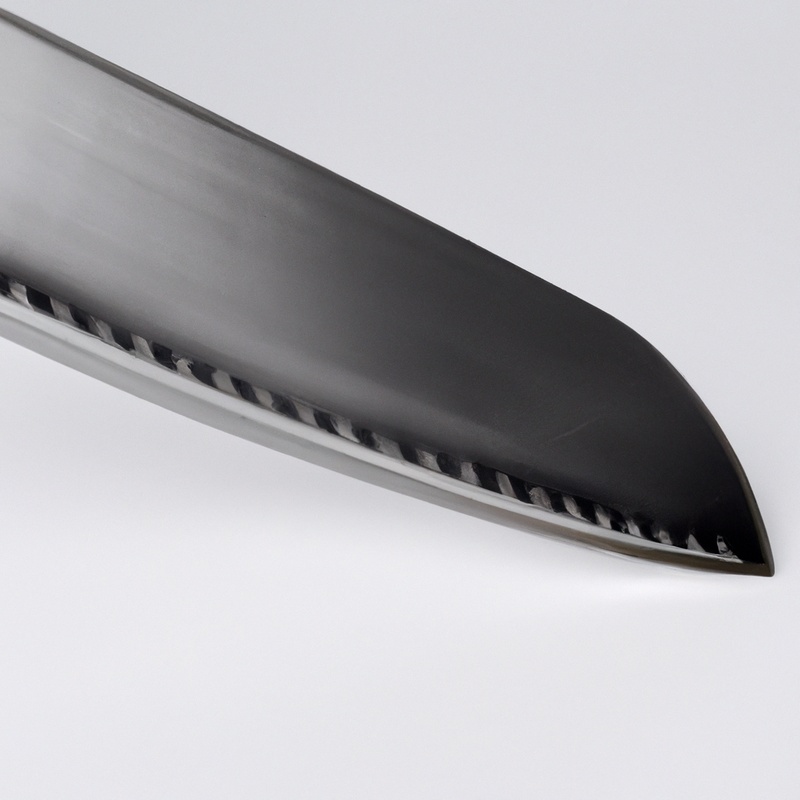
Removing the catfish head and tail
To begin removing the head of the catfish, place the fish on a flat surface with its belly facing up and its head away from you. Then, take a sharp fillet knife and make a horizontal cut just behind the gills, cutting through the backbone and down to the spine.
Once you have cut through the bone, twist the head with your hands until it separates from the body.
Next, remove the catfish’s tail by cutting just above the tail fin and below the last vertebrae. Use your fillet knife to carefully cut through the bones and flesh.
Once the cut is complete, discard the head and tail appropriately.
Removing the head and tail of the catfish is a crucial step in filleting the fish. Not only does it make the fish easier to handle, but it also helps to make more precise and clean fillets.
Remember to always use a sharp fillet knife and to handle the fish with care during this process.
Starting the filleting process
To begin the filleting process, place the catfish on a flat cutting board with its belly facing up. Make a small cut behind the gills and spine to create a starting point.
Hold the knife at a 45-degree angle and slide it down the backbone towards the tail.
Follow the contour of the fish while applying slight pressure to separate the flesh from the bone. Continue cutting all the way until you reach the end of the fish.
Remember to take your time and make small cuts as necessary to avoid damaging the fillet.
Once you have completed the first side, repeat the same process on the other side of the catfish.
Cutting along the backbone
To cut the catfish fillet along the backbone, follow these steps. First, make a small incision at the top of the head, just behind the gills.
Then, carefully run the fillet knife along the spine towards the tail, using light pressure to separate the flesh from the bones.
Use your non-dominant hand to hold the fish steady and pull the flesh away from the spine with the knife. Continue cutting until you reach the end of the tail.
Repeat the process on the other side of the fish to yield two fillets.
Removing the rib cage
To remove the rib cage of the catfish fillet, start by making an incision along the ribs using the tip of your fillet knife. Use gentle pressure and a slow, back-and-forth motion to separate the meat from the rib cage.
Once you reach the end of the rib cage, gently lift it up with your non-knife hand and use the blade to carefully cut it out.
Be sure to avoid cutting too deeply, as you don’t want to lose any valuable meat from the fillet. Take your time and work carefully, using the tip of the knife to free any stubborn bones or tissue.
Once you’ve removed the rib cage, your fillet should be free of any bones and ready for the next step in the process.
Remember to keep your knife sharp and your workspace clean to avoid any accidents or contamination. With a little practice, you’ll be able to expertly remove the rib cage from your catfish fillets every time.
De-skinning the fillet
To de-skin the fillet, place the fillet skin-side-down on a cutting board and gently insert the fillet knife tip between the skin and flesh at the tail end. Keeping the knife blade flat, apply pressure and slide the blade along the skin towards the head end while holding the skin down with your other hand.
Use a back-and-forth motion while pulling the skin tight to remove it completely.
Repeat the process for the other fillet. You can also use pliers to grip the skin and pull it while cutting it with the knife.
Removing the skin ensures that the fillet is ready for cooking or any other preparation.
Trimming any remaining bones or debris
After deskinning the fillet, trim any remaining bones or debris from the fillet’s flesh. Check for small bones, especially along the edges, and use pliers or tweezers to pull them out.
Running your hand over the fillet can help you locate any remaining bones that might have been missed.
To ensure a smooth and boneless fillet, use the tip of the fillet knife to trim away any remaining bones or unwanted parts. Once the fillet has been thoroughly cleaned, rinse it once more to remove any debris and let it dry.
Trimming the fillet properly ensures that it is safe to eat and enjoyable to the taste.
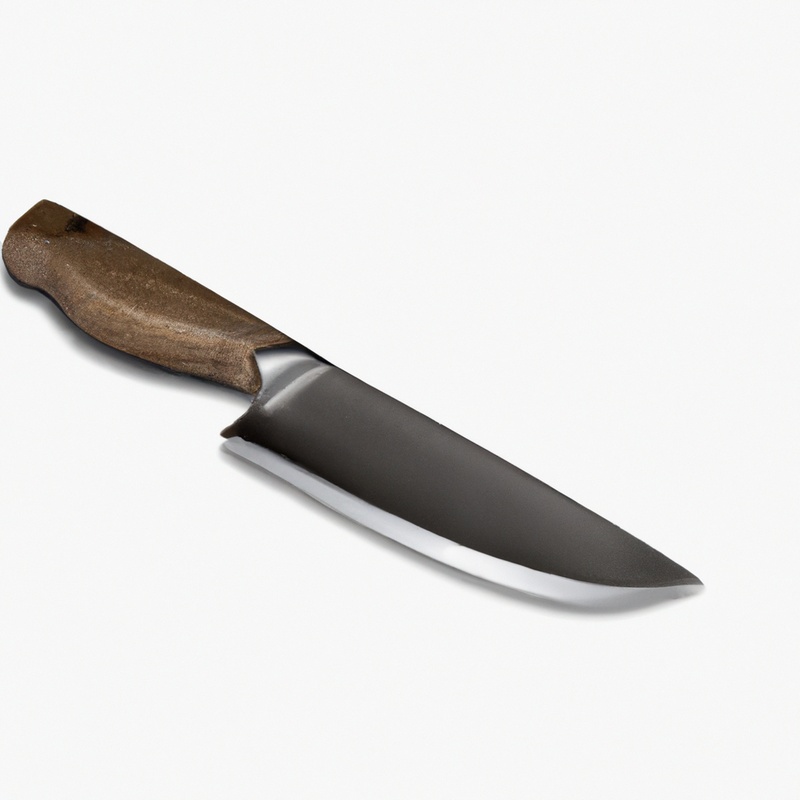
Rinse and store the fillet appropriately
Once you have successfully filleted your catfish, it is essential to rinse and store it correctly to maintain its freshness and taste. Start by using cold water to rinse the fillet thoroughly to remove any slime or blood residue.
Pat the fillet dry with paper towels or a clean cloth before storing it.
To store the fillet, wrap it tightly in plastic wrap or aluminum foil to prevent air exposure. You can also place the fillet in a vacuum-sealed bag for maximum preservation.
Store the fillet in the refrigerator for up to three days or in the freezer for up to several months.
Before consuming the fillet, ensure that it has been fully thawed (if frozen) and cooked to the appropriate temperature. Following these simple steps will help you maintain the quality and taste of your catfish fillet.
Final Verdict
Filleting a catfish can be a simple and enjoyable task if done correctly. By preparing your workspace, selecting the right fillet knife, handling the catfish safely, and following the proper filleting process, you can efficiently produce a perfectly filleted catfish in no time.
Remember to take your time and utilize your fillet knife correctly to avoid injury and achieve the best results.
By following these steps, you can become a pro at filleting catfish in no time. So, next time you have a fresh catfish, don’t hesitate to put these practical tips into action.
Your friends and family may just be impressed with the delicious results!

